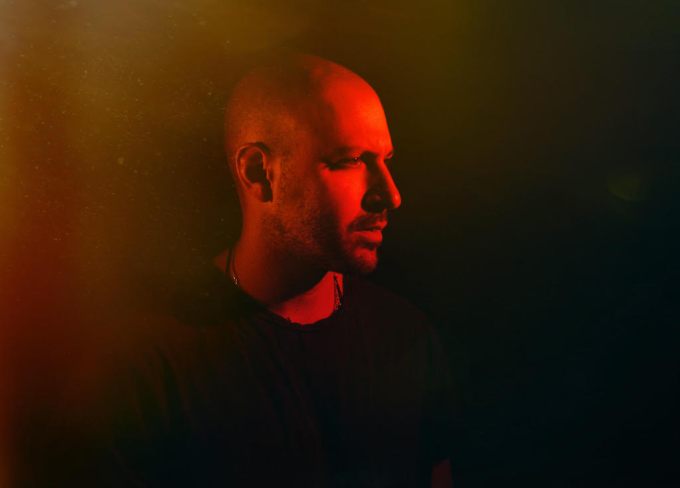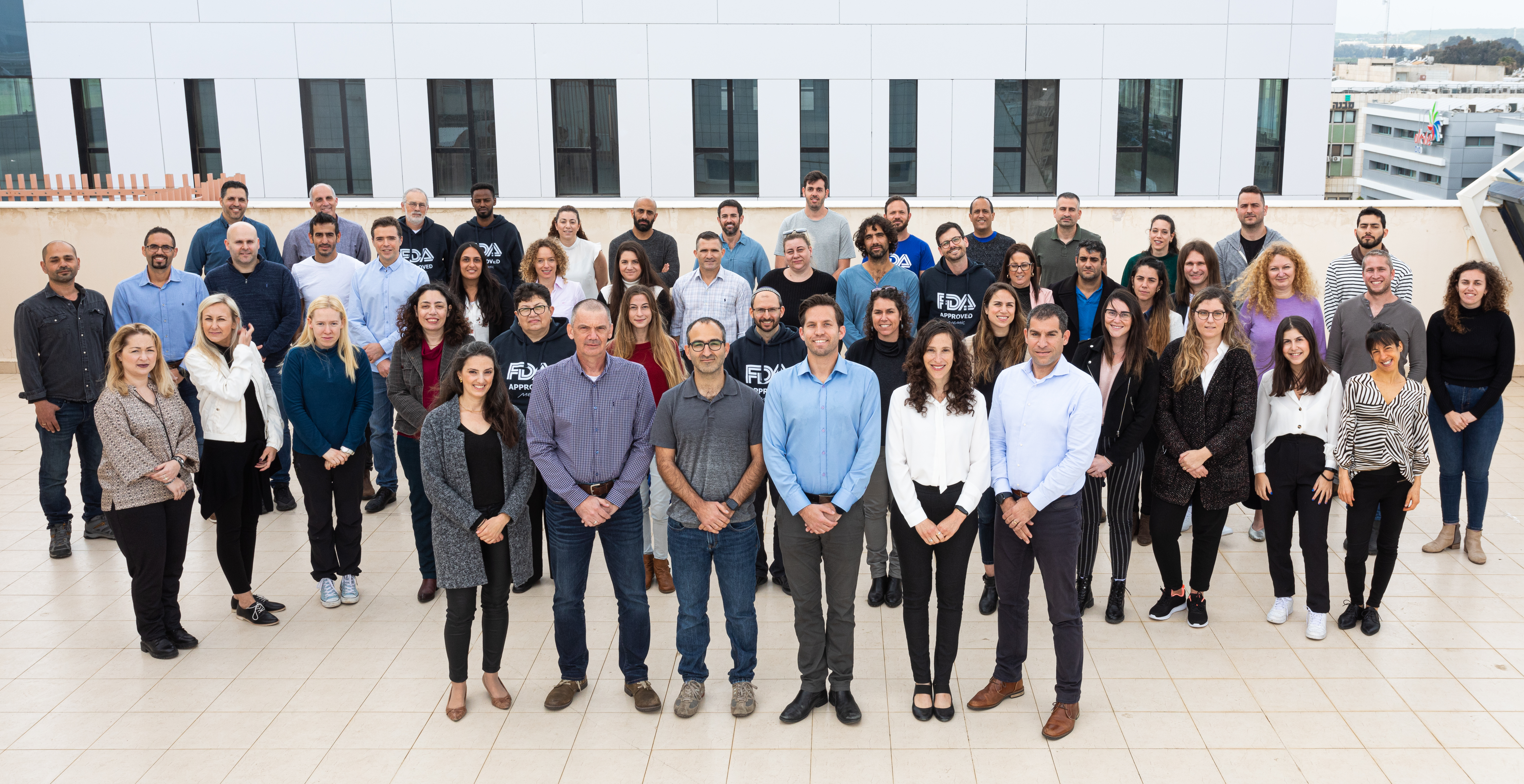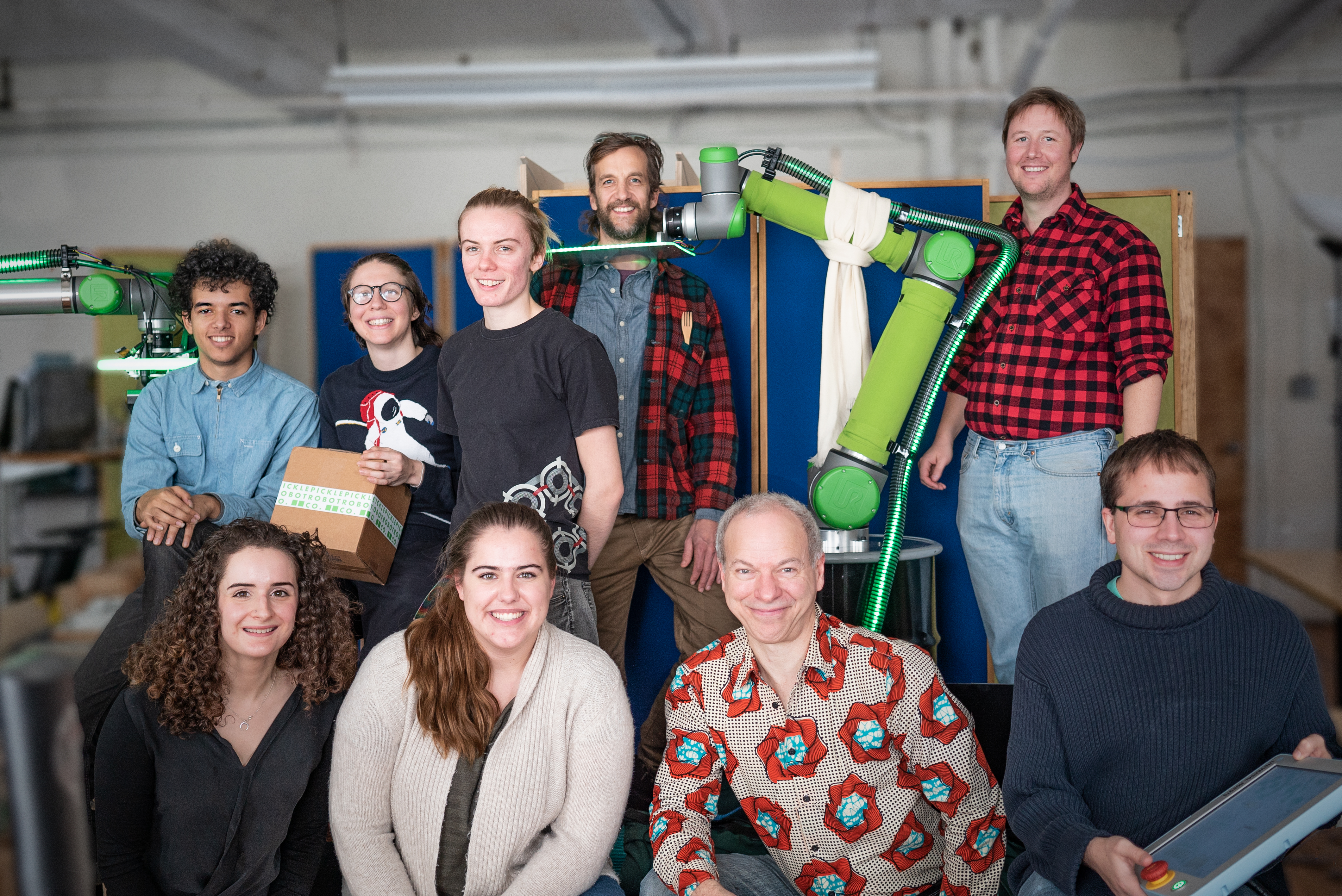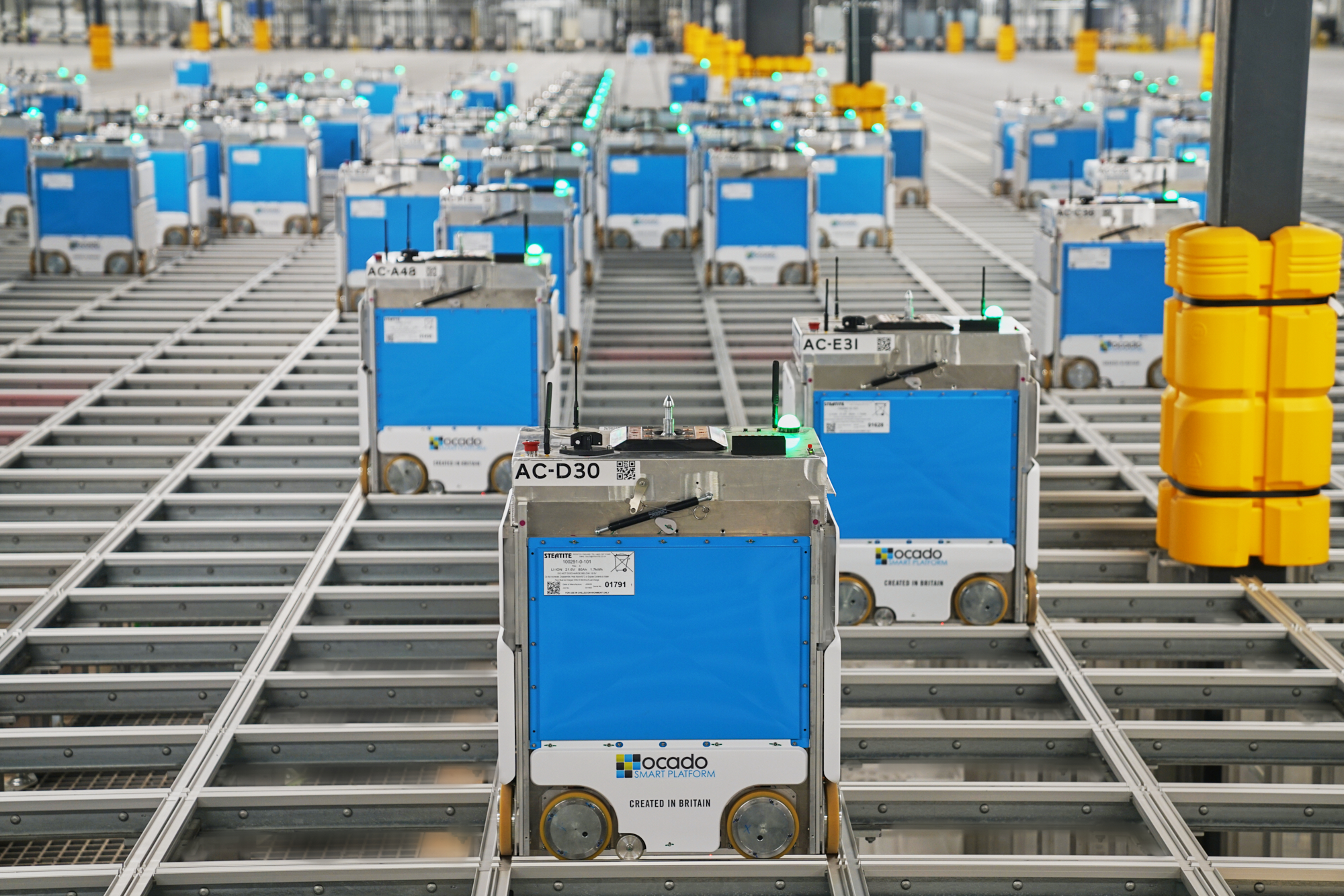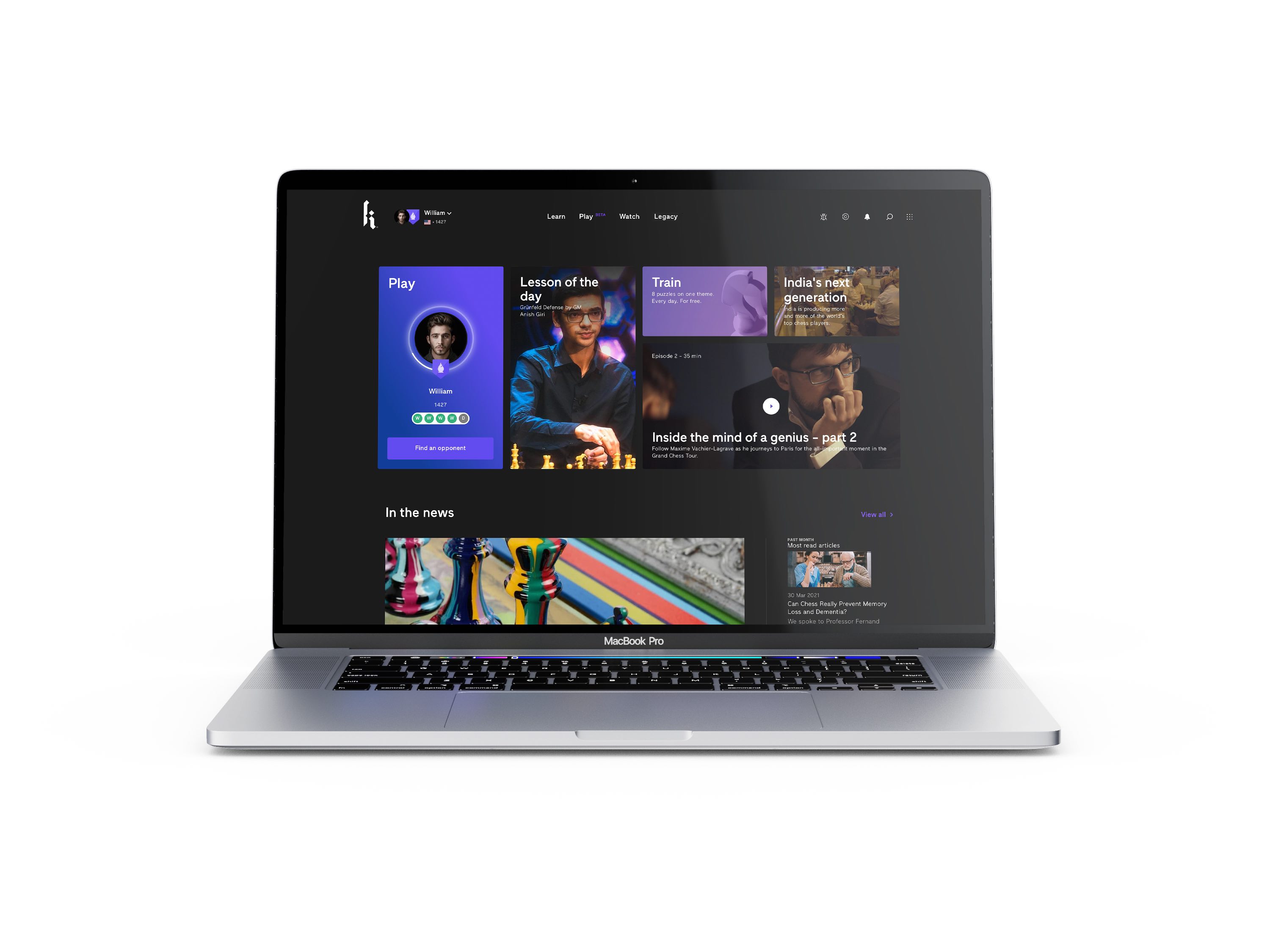- April 15, 2021
- by:
- in: Blog
Graphic designer Paul Rand once famously said that the public was more familiar with bad design than good design. While he was referring to most of the design in the world being “bad”, these days that phrase might take on a second meaning: people typically only notice and talk about (and usually complain about) design
Graphic designer Paul Rand once famously said that the public was more familiar with bad design than good design. While he was referring to most of the design in the world being “bad”, these days that phrase might take on a second meaning: people typically only notice and talk about (and usually complain about) design when it is ugly, or works badly. Conversely, if it’s good, and it works, you don’t hear much.
Today a startup called UserZoom that has built a platform used by companies like Google, Microsoft, PayPal, Salesforce and many others stay off the bad design radar — with tools to evaluate their design and identify where and when it doesn’t work, and how to link it up better with bigger customer experience strategies — is announcing some significant funding to expand its business.
The company has raised $100 million — money that CEO and co-founder Alfonso de la Nuez said will be used to continue building its tools and mission to make design as critical to a company’s mission as sales might be to an e-commerce company. Alongside this, it has made an acquisition, of another experience insights company called EnjoyHQ, to expand its research operations.
“We feel companies are only scratching the surface of what they could be doing,” he said. “We think experience management could become the third system of record, similar to ERP or CRM.”
This funding is being led by Owl Rock, with other unnamed investors participating. Prior to this, UserZoom raised some $34 million. It is not disclosing valuation, but de la Nuez notes that this latest investment represents a minority stake UserZoom, that the startup is profitable and grew revenues by 40% last year, and that it’s currently on an annual run rate of $80 million.
De la Nuez and UserZoom are currently based out of Los Gatos in the South Bay Area, but the company actually got its start in Barcelona, Spain, where de la Nuez and his co-founder Xavier Mestres originally ran a more old-school user experience design consulting company.
“We had physical labs, testing sites, were we ran focus groups,” he recalled. “It was tedious and manual.”
Years of working like that, and he and Mestres and a third co-founder who has since left the company, Javier Darriba, decided to see how and if they could retool the concept as a piece of software.
Their timing was perfect: It was 2007, the year of the iPhone debut, and the smaller screen of that device, and Apple’s prowess in nailing design and user experience, suddenly got the tech world (and the rest of the world) thinking about how they, too, could rethink their own digital experiences. You might think of it as an earlier iteration of the kind of digital transformation that people talk about today.
The company was growing in Spain at a time when it was much harder for startups to raise substantial rounds (I wonder if that would still be the case today, with companies like Glovo and Wallapop raising huge rounds in recent weeks). so UserZoom made the decision move to California, but Mestres, who is the CTO, still runs the startup’s engineering, design and customer support teams (100 out of 300 staff in all) out of Barcelona. The cost base of employing tech people in Spain are completely different from the Bay Area, “and it’s helped us become profitable,” de la Nuez said.
The core of the company’s product is a platform that runs what it refers to as “XIM” (Experience Insights Management), which lets customers test out any digital experience — be it something on the web, or a phone, or a smartwatch or an interactive voice service, and soon, other interfaces such as automotive. (And it’s a list that is likely to grow as more hardware and services are built.) It can recruit testers to evaluate design, product interaction, marketing decisions that the company is trying out, and so on.
That testing interface is essentially started as product development begins, the idea being that customers can apply the principle of “agile development” as they continue to work on the product, rather than leave all of that to be tested after a product is technically already completed.
As a company users UserZoom, the results of tests can be shared among different stakeholders who can make notes on how product development would work (or wouldn’t work) with how they are envisioning, say, a new sales strategy or engagement goal. It also helps develop KPIs for customers to determine how and if a design is meeting KPIs.
These can cover not just basic goals like “more conversions” or “less shopping cart abandonment” or “opting in to cookies” but also whether a design is meeting accessibility goals. (As seen with the recent controversy around Ravelry, this is indeed a growing issue and one that de la Nuez said will be getting more attention at UserZoom.)
The space of UX and testing to improve it is a pretty crowded and well-funded one, with others in it including LogRocket, UserTesting, ContentSquare, companies focusing on specific verticals, like AB Tasty and many others. What’s giving UserZoom an edge, it seems, is not just its extensive and impressive customer base, but its focus on trying to provide an end-to-end concept of design and experience and how it might fit in with a bigger business strategy.
“In today’s digital economy, the quality of the customer and user experience is the driving factor that helps businesses retain customers and generate increased revenue,” said Pravin Vazirani, managing director at Owl Rock, in a statement. “Despite this, many organizations are still unable to properly extract and manage the potential insights that lie within a customer journey. UserZoom enables companies to harness these insights and drive improved digital experiences.” Andy Lefkarites, an investor at Owl Rock said in a statement, “We see a tremendous market opportunity for UserZoom, which enables companies of all sizes and industries to continually enhance and prioritize their digital experience strategy. We are pleased to be able to support UserZoom with growth capital to enable them to seize that opportunity.”



